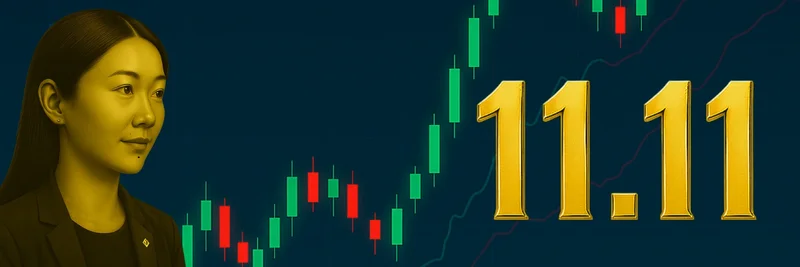Understanding Staking-as-a-Service on Solana: A Deep Dive
Staking-as-a-service (SaaS) has become a pivotal concept in the cryptocurrency world, particularly on the Solana blockchain. This approach allows users to participate in the network's consensus mechanism without the need to run their own validator nodes. Let's break down this concept with insights from Marinade Finance's tweet and the accompanying video featuring Alison Mangiero, Head of Staking Policy and Industry Affairs at the Crypto Council for Innovation.
What is Staking-as-a-Service?
Staking-as-a-service refers to a model where users can stake their cryptocurrency, in this case, SOL (Solana's native token), through a third-party service. This service handles the technical aspects of running a validator node, such as maintaining the hardware and software, ensuring uptime, and managing the staking process. Users benefit from earning staking rewards without the hassle of technical management.
Why Staking-as-a-Service Matters
The video highlights a crucial point: most people lack the time or inclination to run a validator themselves. Alison Mangiero explains that staking-as-a-service products have evolved to meet this demand, providing an easy and accessible way for individuals and institutions to participate in the Solana network. This service is particularly important for those who want to be active in the blockchain but do not have the resources or expertise to manage a validator node.
The Benefits of Staking-as-a-Service
- Ease of Use: Users can stake their SOL without needing to understand the complexities of blockchain technology or maintain their own infrastructure.
- Accessibility: It opens up staking to a broader audience, including those who might otherwise be deterred by the technical barriers.
- Reward Sharing: Users still earn a portion of the staking rewards, which are distributed by the service provider.
How It Works on Solana
On Solana, staking-as-a-service operates through platforms like Marinade Finance, which offer non-custodial delegation systems. This means users retain control over their assets while the service handles the staking process. The platform uses an automated marketplace to select top validators, ensuring users receive competitive rewards.
The Role of Institutions and Decentralization
Alison Mangiero also touches on the role of institutions in the staking ecosystem. Larger institutions have different requirements, and staking-as-a-service allows them to participate without the need for extensive in-house technical teams. This segmentation of services caters to various needs within the market, promoting decentralization by enabling a diverse range of participants.
Conclusion
Staking-as-a-service on Solana represents a significant advancement in making blockchain technology accessible to a wider audience. By outsourcing the technical aspects of staking, users can focus on the benefits of participating in the network, such as earning rewards and contributing to the ecosystem's security. As the crypto landscape continues to evolve, services like those offered by Marinade Finance will play a crucial role in driving adoption and innovation.
For more insights into the world of meme tokens and blockchain technology, stay tuned to Meme Insider.




